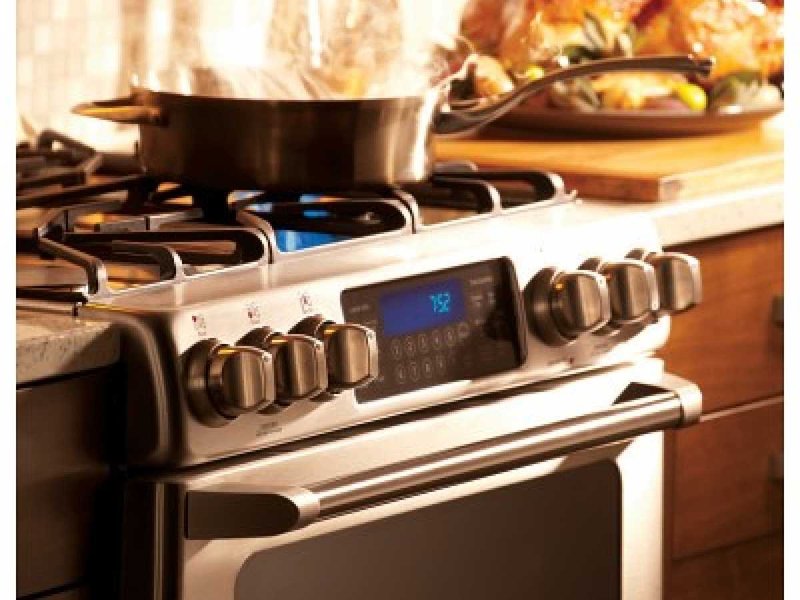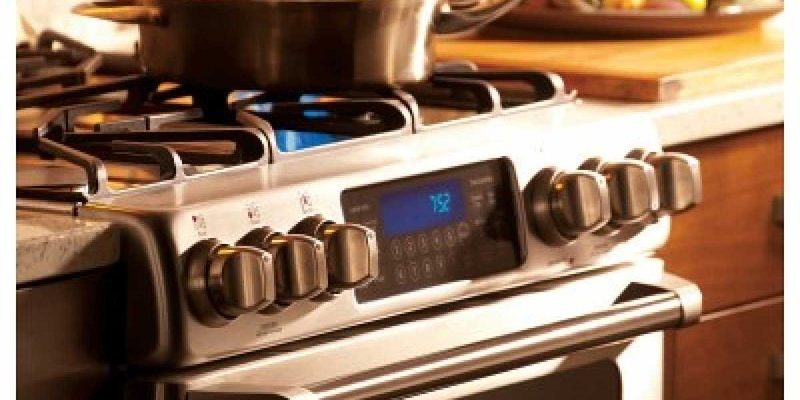
Imagine you’re in the middle of baking your favorite cake. The aroma fills the room, and just as you’re about to check on it, the oven starts beeping, and a mysterious “F1” appears on the control panel. Your initial reaction might be a mix of confusion and annoyance. So, you search online, only to find a sea of technical jargon. Let’s break down what this error code signifies in a way that’s easy to grasp. The F1 error generally indicates a problem with the oven’s electronic components, like the keypad or control board. In simple terms, it’s like your oven is trying to tell you, “Hey, something’s not right here, pay attention!”
Understanding the F1 Error Code
You might be wondering, “What exactly is this F1 code trying to tell me?” Well, think of your oven’s control panel as its brain. When the F1 code pops up, it’s akin to a warning light on your car’s dashboard. It suggests that something might be off, typically related to the electronic control system. This can occur due to a malfunction in the keypad or a fault in the control board.
Let’s break it down even further. The keypad malfunction could be caused by stuck buttons or a short circuit. It’s like when a key on your keyboard gets stuck, causing unintended actions. Similarly, a control board fault might be compared to a computer glitch where the system doesn’t respond as it should. This might result in sporadic beeping or display errors, which can be quite frustrating. While these issues might not stop your oven from functioning entirely, they do signal that it’s time for a bit of attention and care.
Now, you might ask why this happens. Over time, the daily wear and tear from regular use, as well as spills or moisture seeping into the control panel, can result in such errors. It’s similar to how everyday exposure to the elements can affect the efficiency of any device. Understanding these causes can help you prevent future occurrences.
Should You Ignore the F1 Error?
Here’s the deal: ignoring the F1 error code might not lead to an immediate catastrophe, but it’s not advisable in the long run. Much like ignoring a leaky faucet, putting off addressing this issue can lead to more significant problems down the road. The error code is there for a reason — it’s a heads-up that your oven needs some attention.
By ignoring the error, you risk more than just an annoying beep interrupting your cooking experience. The performance of your oven might degrade over time, leading to overcooked or undercooked meals due to potential temperature regulation issues. It’s like trying to drive a car with a misfiring engine; you might reach your destination, but it’s far from ideal.
Instead of turning a blind eye, consider seeking a solution. This could mean resetting the oven by unplugging it or flipping the circuit breaker off for a minute. If the issue persists, consulting the user manual or reaching out to GE’s customer support for guidance can be the next best steps. Ultimately, addressing the error sooner rather than later can save you from hefty repair bills.
Steps to Resolve the F1 Error
What should you do if you encounter the F1 error? First off, don’t panic. Many users have found success with a simple reset. As mentioned earlier, unplugging the oven or switching off the power supply at the circuit breaker for a couple of minutes might do the trick. It’s like giving your oven a quick nap to reboot its system.
If the error code is persistent, it might be time to check the keypad for any visible damage or stuck buttons. Cleaning the panel gently with a slightly damp cloth can help, but avoid using harsh chemicals that could cause more harm than good. Think of it as giving your oven a spa day; it needs that gentle touch to function optimally.
Should these steps not resolve the issue, it could be time to call in the professionals. A trained technician can diagnose the problem more accurately and offer a proper fix. Remember, tackling this early on can prevent further complications and ensure your oven lasts longer.
Preventative Tips
So, how can you avoid seeing that F1 code again in the future? Maintaining your oven well is key. Ensure the keypad is kept clean and dry. Regularly inspect seals and gaskets to prevent moisture from seeping into the control panel. This is akin to keeping your phone safe from rain; it’s all about protection.
Additionally, make it a habit to handle the keypad with care. Avoid pressing buttons too hard or with wet hands. It’s like treating a touch screen gently to avoid unnecessary damage. Implementing these small habits can significantly contribute to the longevity of your appliance.
Finally, consider scheduling regular maintenance checks with a professional. Just as you would service a car to keep it running smoothly, your oven deserves the same attention. With these preventative measures, you can ensure your GE oven remains reliable and error-free for years to come.
In conclusion, while it may be tempting to ignore the F1 error, it’s advisable to address it promptly. By understanding what it means and taking the necessary steps to resolve it, you can keep your kitchen functioning effortlessly. Remember, a little attention goes a long way in maintaining the efficiency and longevity of your appliance.
